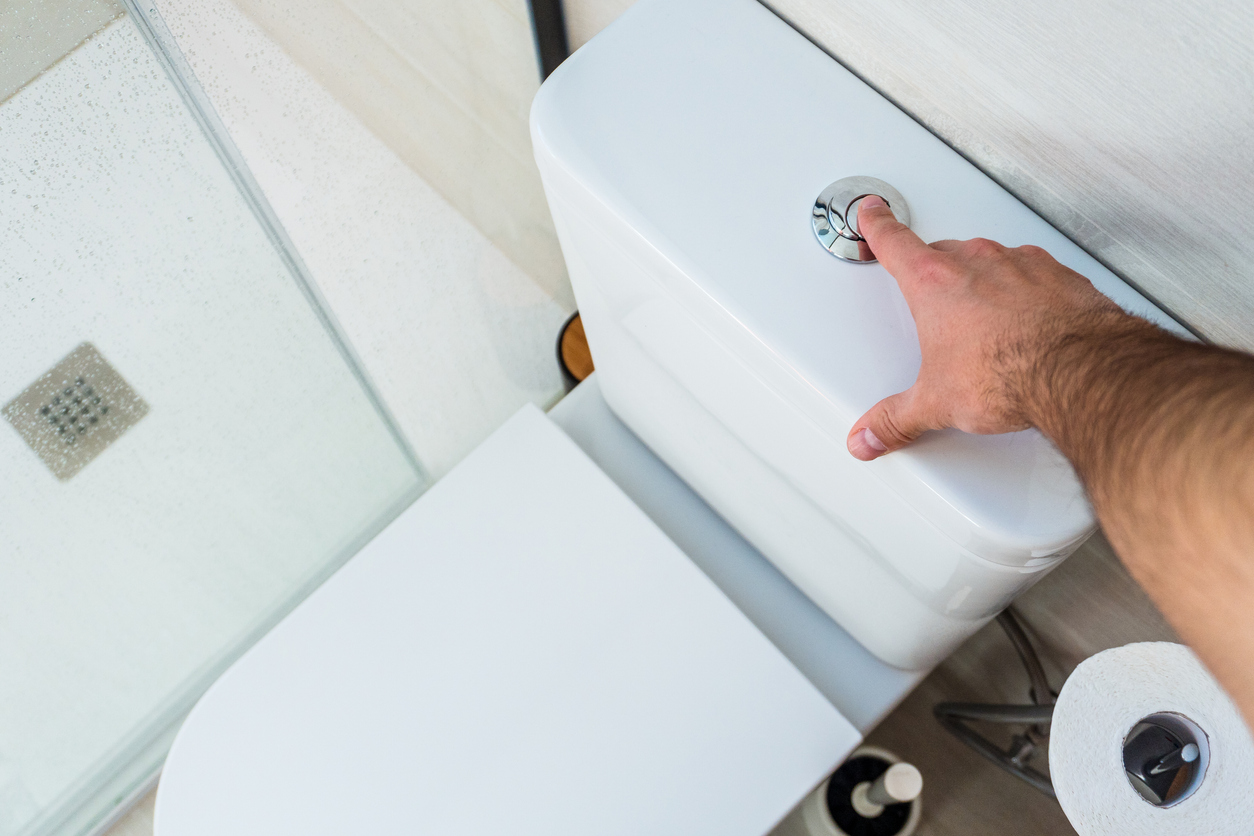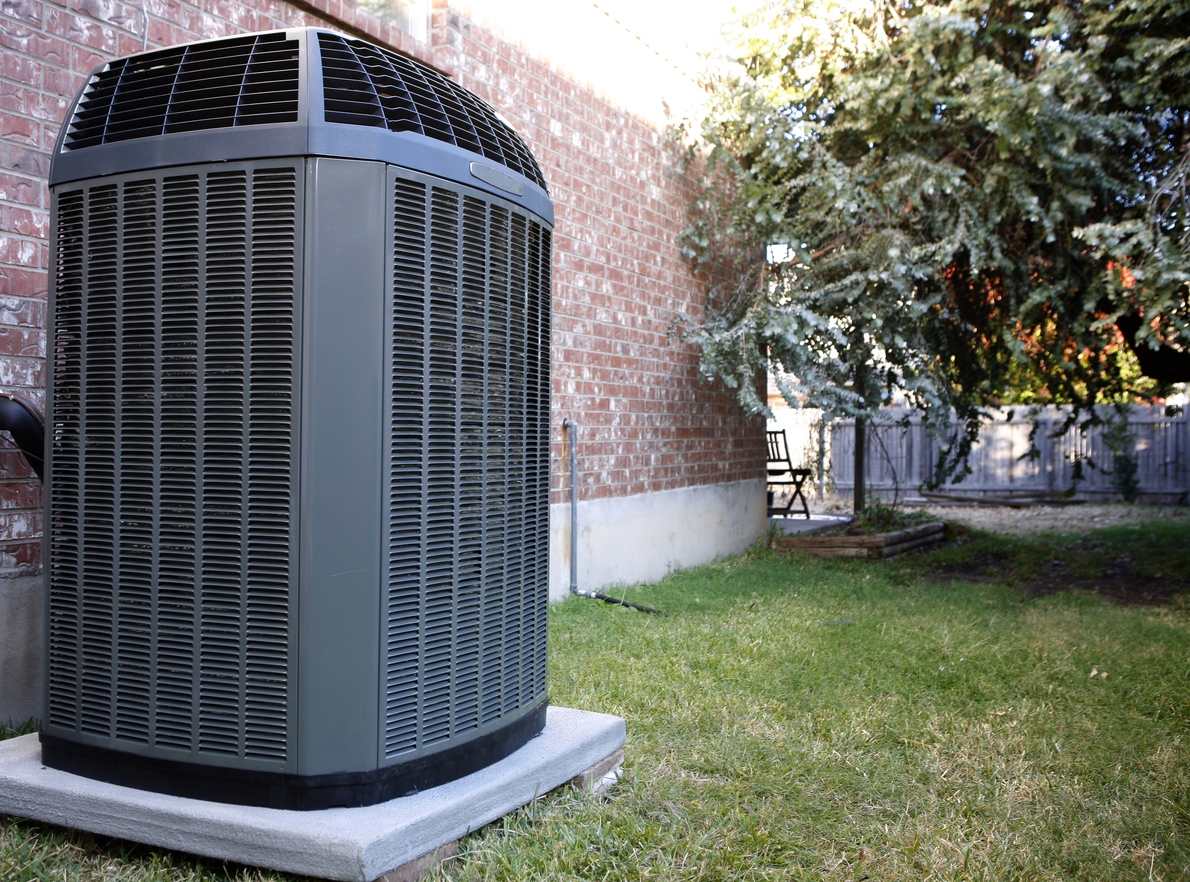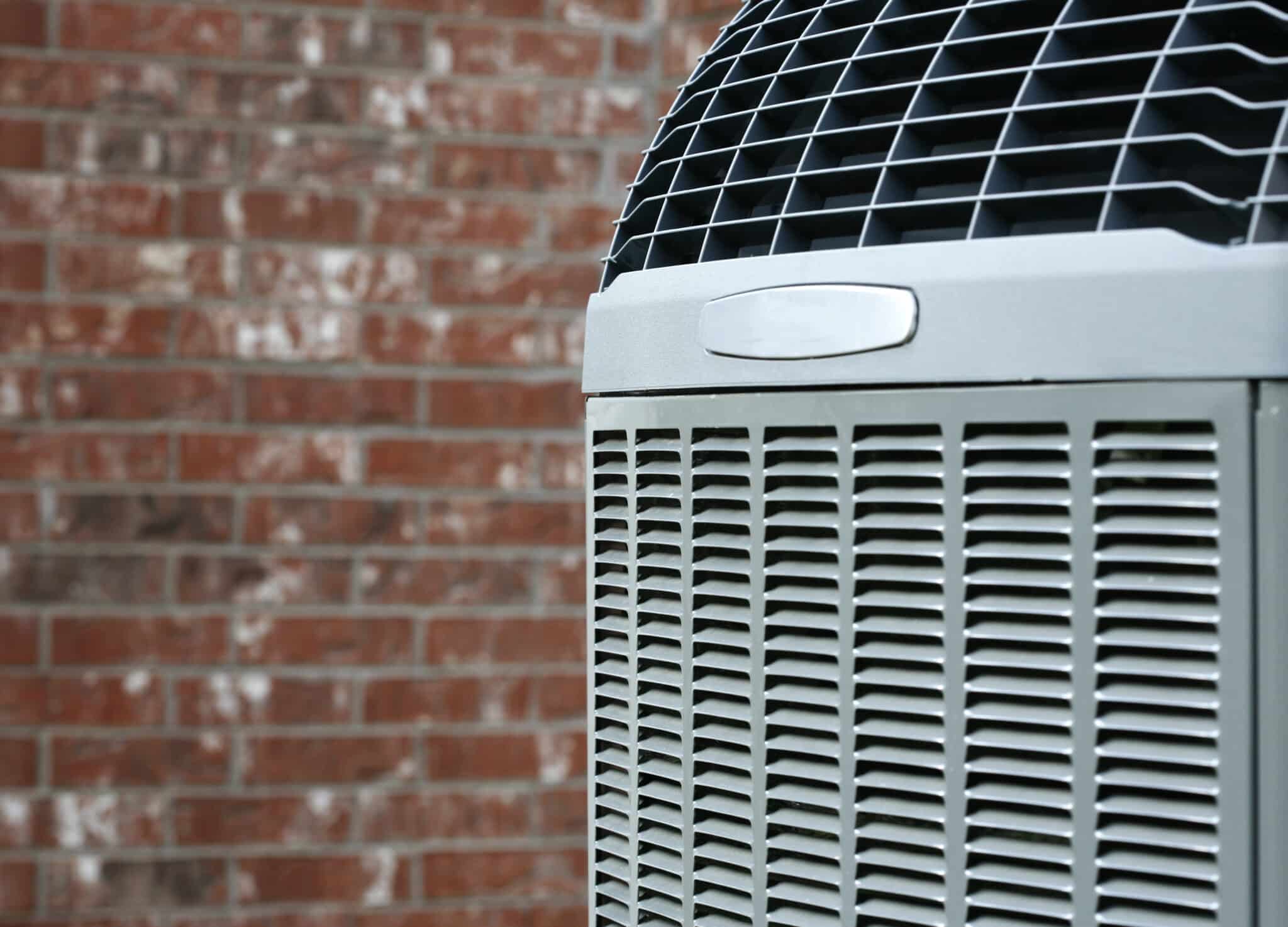Everything You Need To Know About PEX Pipes

Cross-linked polyethylene pipes, more commonly known as PEX pipes, are an up-and-coming trend in the plumbing world.
Many plumbing companies use PEX pipes to replace galvanized steel and copper pipes, specifically in remodeling and new construction projects. These pipes are made from cross-linked polyethylene, a flexible type of plastic that offers many advantages.
Like other things, using PEX pipes in your plumbing system has its pros and cons. If you want to know more about them, you’ve come to the right place. Ready? Let’s start with the basics.
What Is a PEX Pipe?
Before everything else, let’s first answer the question, “What is a PEX pipe?”
PEX pipes are synthetic, flexible pipes that have been gaining popularity recently. Invented in the late 1960s by Thomas Engle, a German scientist, they were first used in the United States during the 1980s in radiant floor heating systems. Eventually, they became a part of residential plumbing.
They are available in a wide variety of lengths, starting from 10 feet up to 500. There are also different diameters to choose from, ranging from 3/8 inch to one. They come in different colors that make it easier for plumbers to identify the type of water they carry and transport.
The colors include:
- Red for hot water
- Blue for cold water
- White for either hot or cold water
- Gray for also carrying either hot or cold water (they are less common than white pipes)
There are different types of PEX pipes, depending on the manufacturing process they undergo. It’s essential to learn about the types before buying, so you’ll know which one best suits your needs.
The three types include:
- PEX-A – This type is manufactured using peroxide and is the most flexible, making it suitable for water-supply plumbing in residential properties. PEX-A pipes expand when exposed to freezing temperatures, making them resistant to cracking.
- PEX-B – This type undergoes a moisture-cure method when manufactured. Although PEX-B pipes have a distinct coil memory that causes them to return to their coiled state, they don’t make installation difficult. They feature increased chlorine resistance, making them suitable for locations with highly chlorinated water.
- PEX-C – This type undergoes an irradiation method during manufacturing. PEX-C pipes are the most economical option, but they are the stiffest, making them prone to kinking and cracking.
How To Install PEX Pipes?
Now that you know what they are, it’s time to learn how to install PEX pipes.
Follow these simple steps:
1. Prepare Your Materials.
First, prepare all the things and tools you need:- Crimp Rings
- Fittings
- Crimping Tool
- Pipe Cutter
- Marker
2. Slide a Crimp Ring Onto the Pipe.
Start by sliding a crimp ring over the end of PEX pipes. Position the crimp rings at least 1/8 to 1/4 of an inch from the end of the pipes. Tighten them with the crimping tool.
3. Slide a Fitting Into the Pipe.
Fittings connect PEX pipes to a water source and other fixtures. Slide one into the pipes, and make sure that you use the correct fitting to avoid leaks and other issues.
4. Run the PEX Pipes From the Water Source to the Fixtures.
The last thing to do is to run the pipes from the water source to the fixtures. Provide support every 32 inches for horizontal pipes.
After running and connecting them, turn on the water source to test and check for leaks and other issues. If there are none, then you’re good to go.
PEX Plumbing: Is It a Good or Bad Idea?
If you’re planning to use PEX pipes for your home’s plumbing system, weighing their pros and cons first is crucial.
Why Is PEX Plumbing Good?
Many plumbers use PEX pipes due to the advantages they offer, including:
- Lower Costs – If you’re renovating your whole plumbing system or constructing a new house, you’ll save lots of money when you opt for PEX pipes. They cost roughly 1/3 of the price of copper pipes.
- Corrosion Resistance – Unlike galvanized steel and copper, cross-linked polyethylene is resistant to corrosion, erosion, and mineral buildup.
- Convenient Installation – Installing PEX pipes is more manageable and doesn’t require a plumbing license. If you have leaky faucets or sinks, you can repair them yourself using PEX.
- Efficiency – PEX is known for its thermal conductivity properties. Compared to copper and galvanized steel, it reduces energy loss, especially when carrying hot or cold water.
- Quiet Operation – Since PEX pipes are made from synthetic plastics, you don’t need to worry about rattling sounds with daily use. Additionally, water flows more smoothly through PEX than copper or galvanized steel.
Why Is PEX Plumbing Bad?
To answer the question, “Why is PEX plumbing bad?” here are its disadvantages:
- Failure Issues – Chlorine doesn’t go well with PEX. It damages the pipes and shortens their lifespans. If you live in an area where water is highly chlorinated, PEX pipes are not a good choice.
- Light Sensitivity – PEX disintegrates when exposed to light for extended periods, making it incompatible for outdoor use.
- Heat Damage – PEX pipes are not suitable for high-heat situations. They become susceptible to failure when used for water heaters or in conditions with recessed lighting.
- Permeability – PEX pipes are more vulnerable to damage due to their permeability, unlike copper and galvanized steel pipes. For instance, a rodent can easily chew through them.
- Chemical Issues – There are types of PEX known to leach toxic chemicals and contaminants, impairing the taste and smell of water.
Absolute Electrical Heating and Air Is Here To Help
When choosing the most suitable type of pipes for plumbing systems, call Absolute Electrical Heating and Air.
We have the best plumbers in Arvada, CO, to assist you with all your plumbing concerns. Our services include installation, repairs, and maintenance. Call us today for any inquiries!
CONTACT US
Request Service


Save Every Year with an Absolute Advantage Membership
Expert Annual System Safety Inspections & More
- Priority service
- Waived dispatch fees
- Yearly furnace, A/C, & electrical system inspections
- 10% discount on repairs and additional diagnostic services
- Up to $500 off HVAC & electrical panel replacements







